This blog is an embarkation into a new series that we’re publishing for you. We know that you’re smart. We also know that you’re at least a little curious to peek behind the curtain and to understand the why behind the what of Beyond Strength training programs. So, each month we’re writing you to explain the training program. If you choose to read on, and keep on reading each time we publish a blog in this series, you’ll know exactly why you’re doing what you’re doing.
All of the training decisions that we make are guided by one principle: life is better with strength and endurance. Strength makes us resilient and is the foundation of a bigger “engine.” That means when you’re relatively stronger it’s easier to develop other physical qualities: power, elasticity, general and specific conditioning, etc. Endurance keeps us doing the things we love doing without questioning whether or not we can go on doing them.
Work capacity. It’s a two-word term that summarizes the previous paragraph. It’s how much work you’re physically capable of doing, and it comes in two varieties. There’s specific work capacity, which is the amount of work you can do during a specific task. For example, you could develop your work capacity for deadlifting. That’s useful for folks like powerlifters and strongmen. But our concern is general work capacity, also called general physical preparedness (GPP for short). Improving your general work capacity means improving your general fitness. You are relatively prepared for most things. General work capacity has three main components—relative strength, aerobic capacity, and aerobic power.
While all Beyond Strength training programs are designed with general work capacity in mind, some blocks and phases are devoted to improving work capacity. Like the block (a series of three programs) that you’re currently doing. Late winter into early spring is the best time to prepare for getting outside during the spring and summer. Not just to show off your abz or peachy cheeks. But to kick some mahfuggin’ ass. Hiking, kayaking, canoeing, outdoor recreation leagues—they all demand fitness for them to be as fun as possible. We build that fitness now so that you’re not sucking up grass as you breathe at rec league soccer. So that you’re not the one holding everyone back as your friends march up the trail ahead of you.
Let’s have a look at how each class during the current Beyond Strength training phase contributes to improving your general work capacity.
Monday: Strength A
Relative strength is the first component of work capacity. It is your strength relative to your body size. For example, if two women each deadlifted 200 pounds but one weighed 130 while the other weighed 150, the woman that weighs 130 is relatively stronger than the woman that weighs 150. Relative strength is important because getting stronger, or maintaining strength, without gaining weight makes your body more efficient. That means things get easier because each action requires less overall energy.
Strength A during this phase, and during every phase, is designed to maintain or improve your relative strength. The power and core work at the beginning primes your body to work by “waking up” your nervous system. It also builds power—your ability to quickly express strength—and athleticism. The “B” section of the workout uses heavy strength movements to, well, build strength. During this block, the reps are low for two reasons.
First, we need heavy weight to improve/maintain our relative strength. Second, we need to keep the overall heavy strength training volume low because of the high training volume during other classes. If we included more heavy strength training it would be difficult for you to recover. Then you wouldn’t be able to train as hard during the other classes—or, worse, your consistency would decline because training would kick your ass just a little too much. You’d be more likely to feel okay about skipping the gym because of sore muscles or a sore psyche.
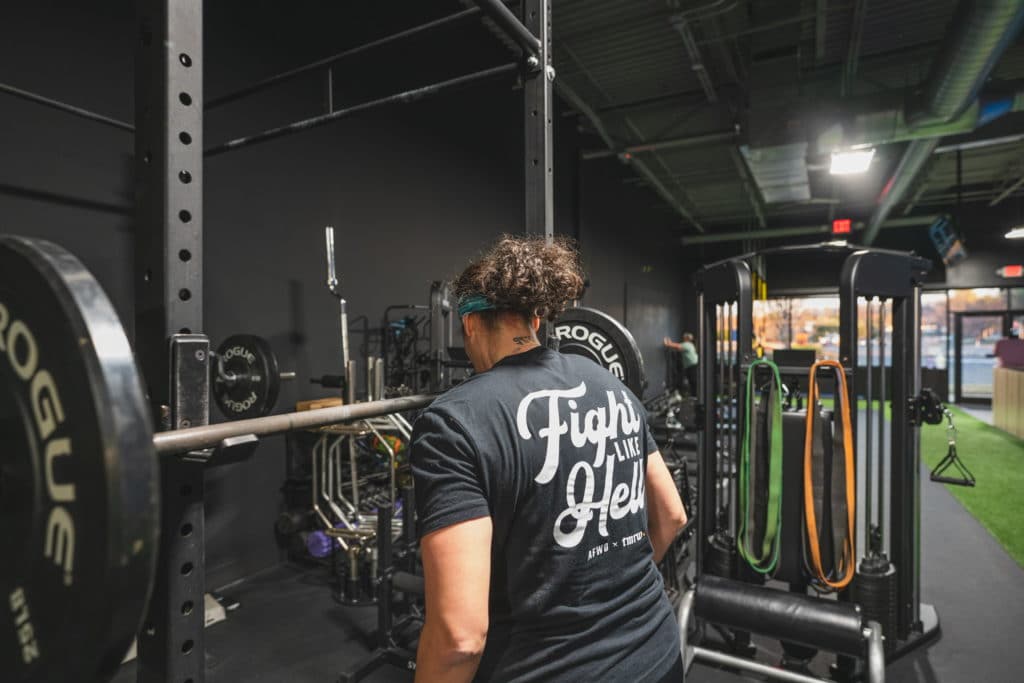
What about those God-forsaken isometrics? Why in the name of Billy Bob Thornton are you doing those?
Well, reason number one coincides with the second reason that strength training volume is low—so that you recover. While isometrics feel like a concentrated dose of hell, they don’t stress your body all that much. So, they maintain your training volume at a lesser cost.
Keeping your muscles under direct tension for an extended period also builds capacity. The short rest periods train your body to recover faster and generate energy for work.
What’s more, they’re great for building mental skills. When folks are baptized in the fire of isometrics, they initially panic. The burn migrates from their muscles to their brain and they just want the set to be over. They pray quietly, and sometimes loudly, for the future. They start questioning whether or not they can finish. The truth is usually that they can finish, but their self-talk and their inability to regulate their emotions are telling them that they can’t.
Isometrics, when accompanied by good self-talk, improve the conversation that we have with ourselves when things get difficult. If we stay calm, focus on our breath, and realize that we’re fine but we’re just uncomfortable, we grow mentally during each set. Isometrics teach us that just because something doesn’t feel great it doesn’t mean that we stop, that we don’t achieve our objective. (This comes with the caveat that we must correctly execute exercises. Pushing through with shitty form doesn’t do us any favors. It trains the brain to tell the body to move poorly when tired.)
Tuesday: Vigor
Vigor during this phase features high-resistance intervals (HRIs). HRIs are a training technique designed to improve the aerobic abilities of our fast-twitch muscle fibers. Aerobically trained fast-twitch muscle fibers produce strength and power for longer.
Consider this scenario:
You’ve hiked for three hours, you’re almost to the top of the mountain. There’s a crevice in front of you that’s too wide to step over. You have to jump for it.
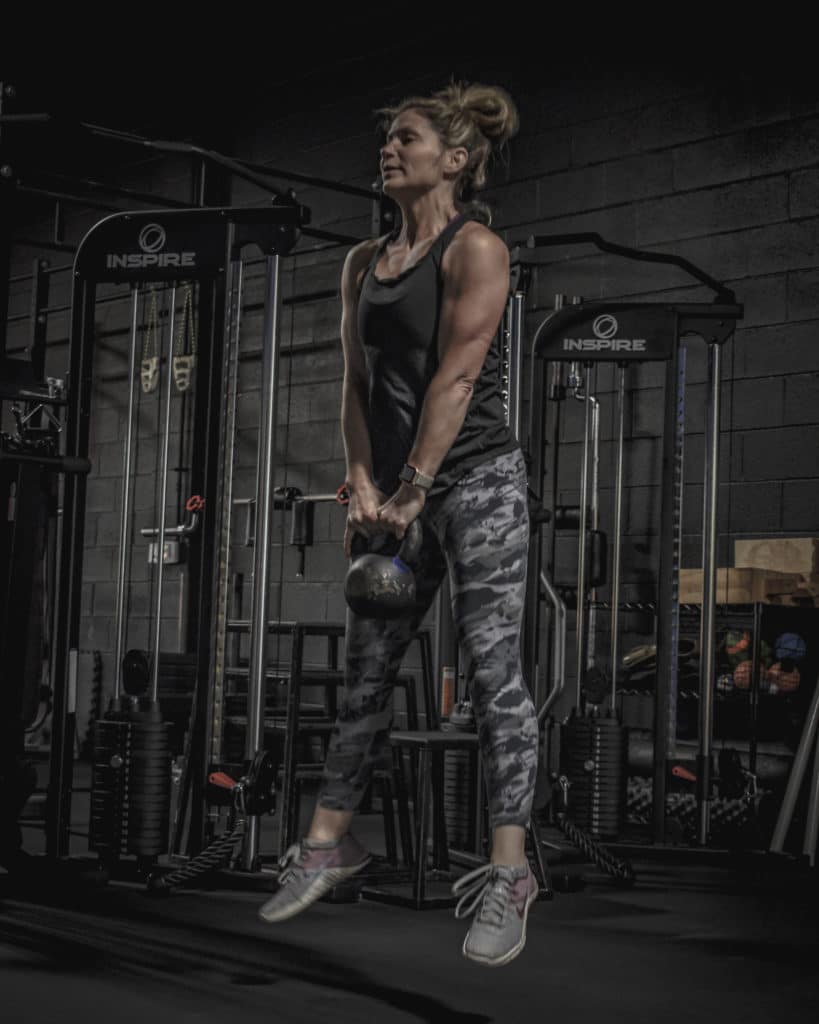
HRIs ensure that you still have the power in the tank to make the jump even after you’ve walked up a dang mountain.
Wednesday: Strength B
The Strength B workout is a high-density, high-volume training session. That means that we do a lot of work in a short amount of time. It’s also focused on improving your Turkish Getup (TGU) skills.
Its structure is based on achieving a total amount of reps during the session. The high volume completed in a short amount of time stresses the slow-twitch muscles and increases their capacity. This strategy builds on the last phase’s tempo training, which makes the slow-twitch muscle fibers bigger.
The high volume is also good for maintaining muscle mass.
But for real, for real…sometimes to do a lot of work you just have to do a lot of work.
How about the TGU?
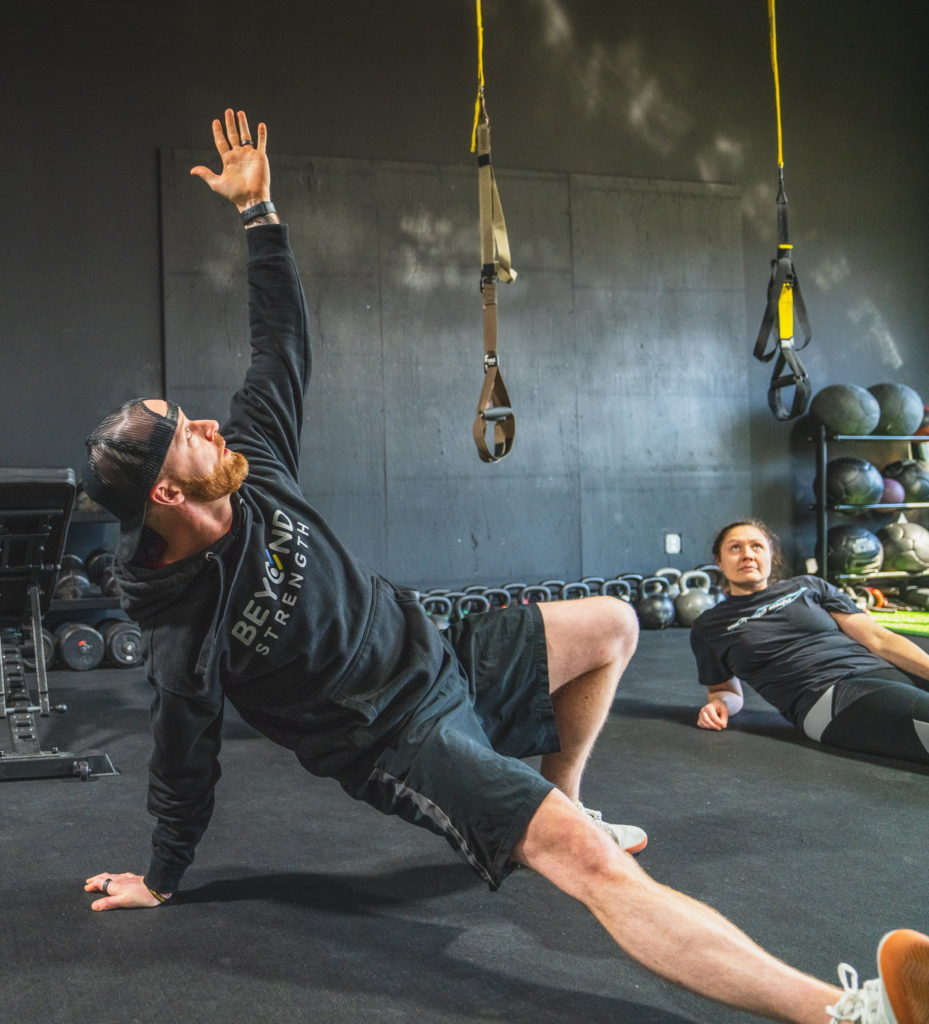
Well, getting up and down off of the ground is pretty integral to being a human being. And if you break the TGU down, it includes just about every basic human movement pattern (hinging, squatting, lunging, pushing, pulling, rotating, carrying). For those reasons, we think it’s dang important. That’s why we test the TGU. That’s why we’re focused on getting better at it.
Thursday: Endurance
Endurance is designed to keep you in the heart rate zones that train for improved cardiac output. That means it’s training your heart to pump out more blood with each beat. Your muscles get more oxygen and nutrients as they work. Low-intensity endurance work also increases your capillary density, which improves oxygen and nutrient transfer, and develops mitochondria. Mitochondria, as the Magic School Bus taught us all those years ago, are the powerhouse of the cell. The more mitochondria, the more energy working muscles produce over time. As a result, your aerobic capacity improves. Meaning that your aerobic energy system produces more energy for longer periods. That, ladies and gentlemen, is the crux of endurance.
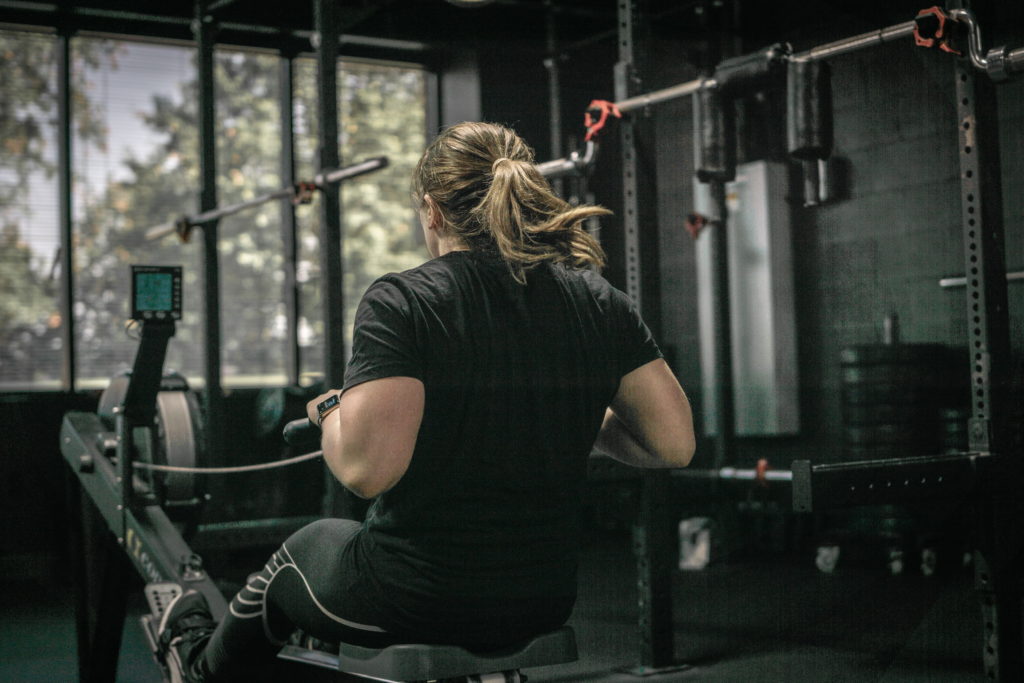
The class during this block includes cyclical exercise (bike, ski erg, rower, etc.) paired with mobility exercises. This is to ensure that you’re focused on improving your movement quality while we build all of this work capacity. The mobility exercises also break up the monotony of working on the cardio equipment. Which is nice.
Friday: Resilience
High-intensity continuous training (HICT) is back!
HICT is similar to HRIs in that it improves the aerobic capacity of fast-twitch muscle fibers. It differs in that it’s focused on strength instead of power. It’s labeled as an extensive strength method because it teaches your body to express strength over time.
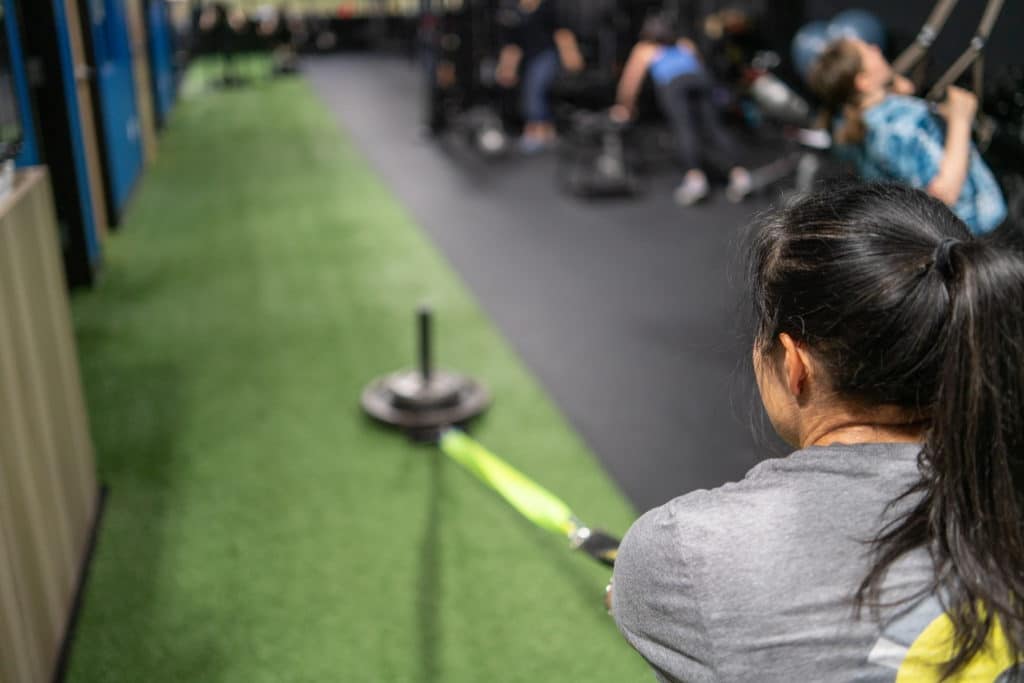
Strength is most useful when expressed for hours. Think about the last time you moved. You didn’t pick up heavy shit and walk with it just once. You did it all day, maybe for multiple days. Consider the hiking example from the HRI section. You need strong legs for hours to get up and down the mountain, not just for the initial jaunt uphill.
HICT morphs relative strength into endurance. It trains you to be strong for longer.
When you show up to train during this phase, know that you’re training your entire body to do more. You’re improving your mental skills under stress. You’re improving your strength and your endurance.
